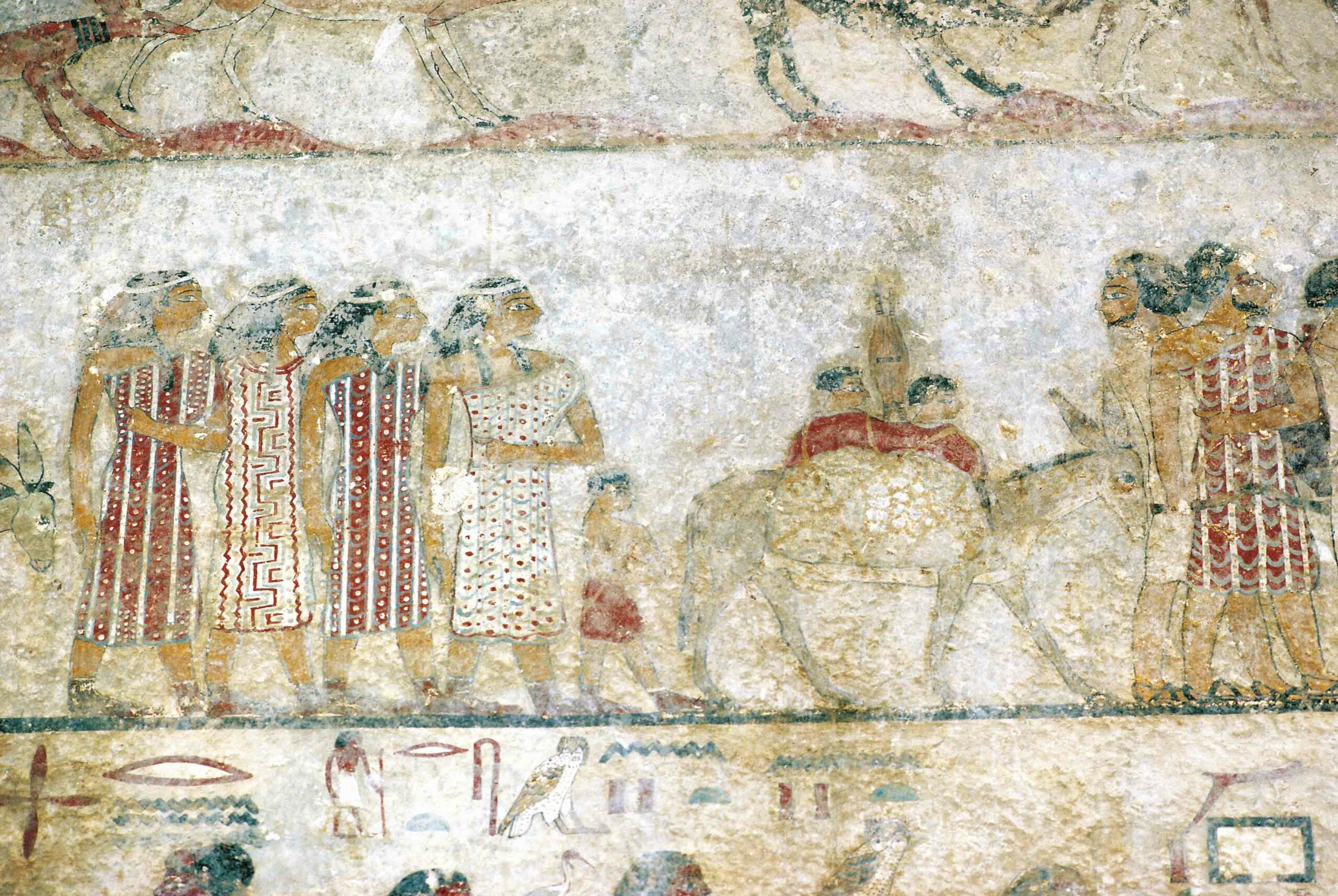CAMBRIDGE, MASSACHUSETTS—According to a Science Magazine report, archaeologist Michael McCormick of Harvard University and glaciologist Paul Mayewski of the University of Maine say a volcanic eruption in Iceland in A.D. 536 could have been responsible for the fog and drop in temperatures reported in medieval records from Europe, the Middle East, and parts of Asia. Previous studies had linked such changes in climate to cataclysmic volcanic eruptions, but it had been thought the eruption in A.D. 536 might have taken place in North America. McCormick, Mayewski, and their colleagues conducted an “ultraprecise analysis” of slivers of ice from a core taken from a Swiss glacier in 2013, which allowed them to pinpoint the occurrence of storms and volcanic eruptions, as well as levels of lead pollution over the past 2,000 years. The chemical composition of two microscopic particles of volcanic glass, located in a section of the ice core dating to the spring of 536, resembled volcanic rocks from Iceland. Vulcanologist Andrei Kurbatov of the University of Maine said the next step is to look for particles from the volcano in lakes in Europe and Iceland. For more on evidence of past volcanic eruptions, go to “Pinpoint Precision.”
Study Looks for Location of Medieval Volcano Eruption
News November 16, 2018
Recommended Articles
Off the Grid September/October 2025
Necropolis of Pantalica, Italy

Artifacts September/October 2025
Anglo-Saxon Coin
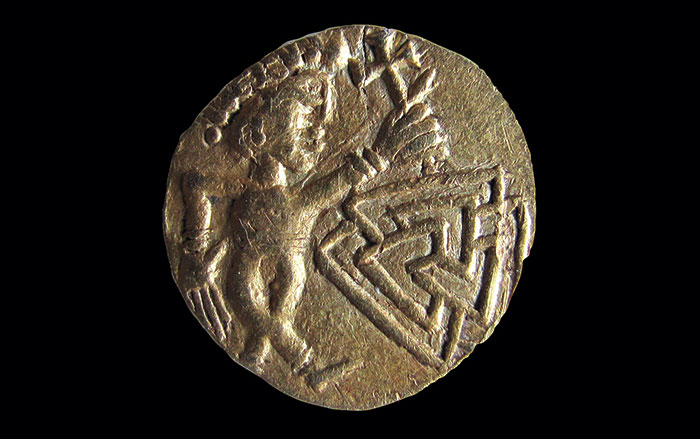
Digs & Discoveries September/October 2025
Law & Order
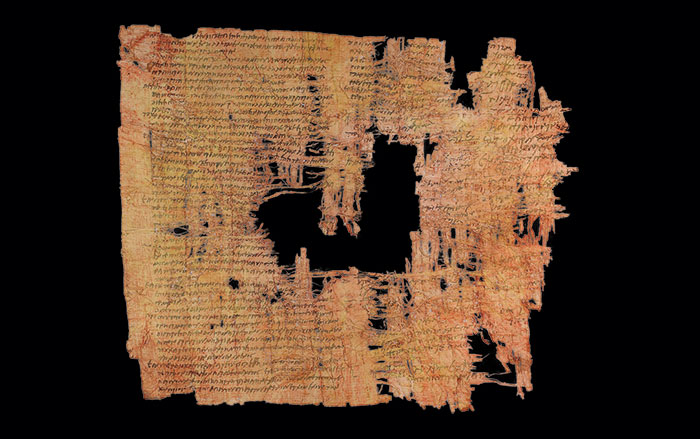
Digs & Discoveries September/October 2025
African Swordcraft
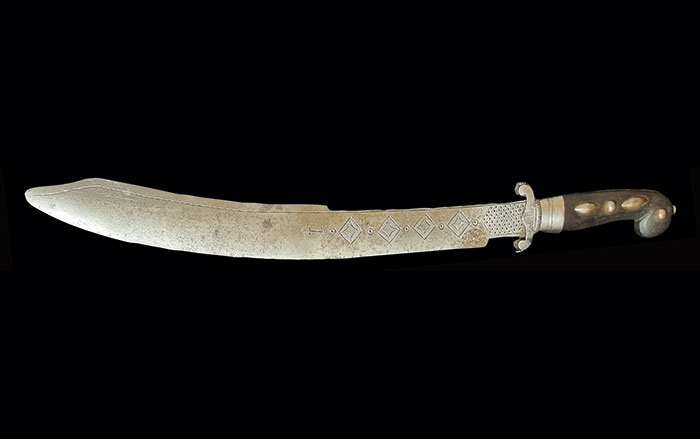
-
Features September/October 2018
Shipping Stone
A wreck off the Sicilian coast offers a rare look into the world of Byzantine commerce
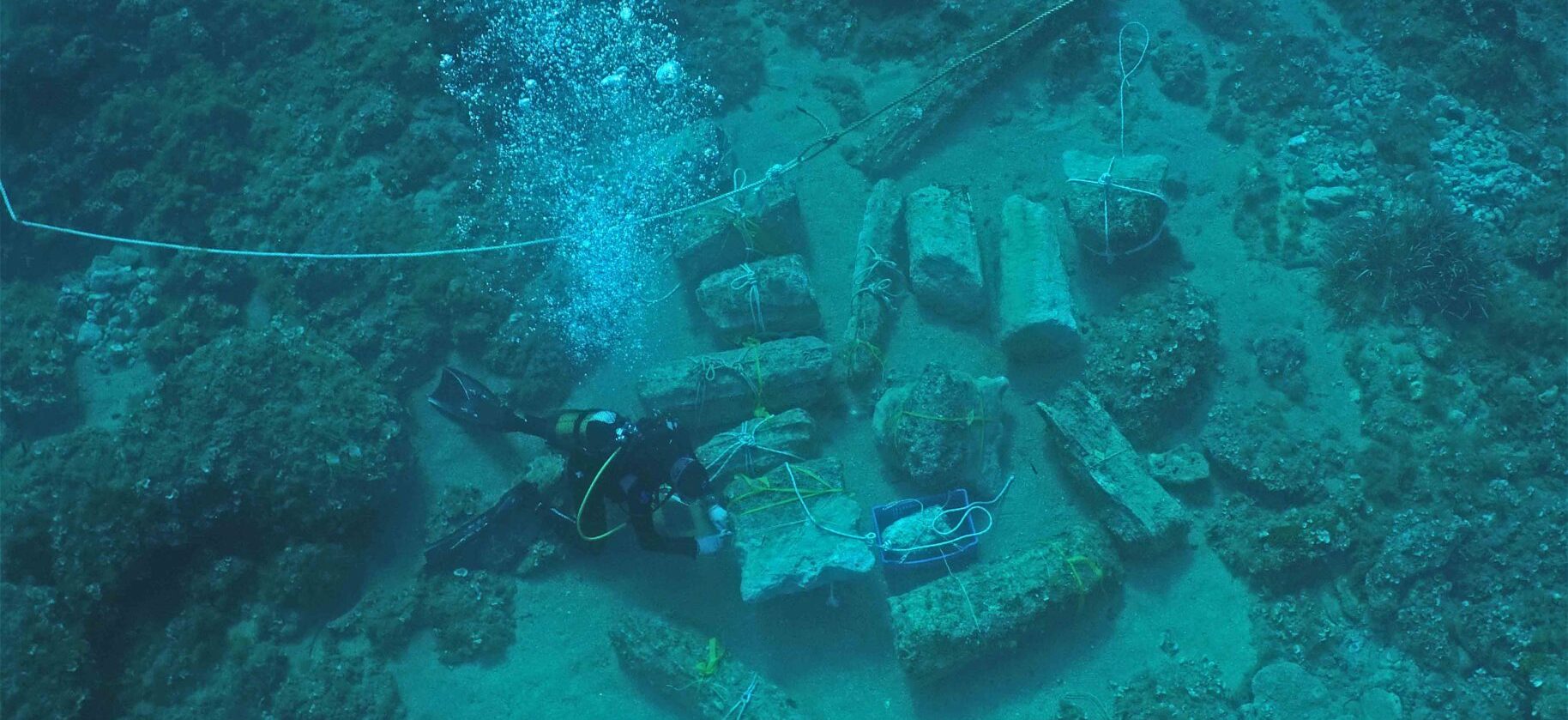 (Courtesy Marzamemi Maritime Heritage Project)
(Courtesy Marzamemi Maritime Heritage Project) -
Letter from Brooklyn September/October 2018
New York City's Dirtiest Beach
Long-lost clues to the lives of forgotten New Yorkers are emerging from the sands at Dead Horse Bay
 (Courtesy Jason Urbanus)
(Courtesy Jason Urbanus) -
Artifacts September/October 2018
Base of a Qingbai-Glazed Molded Box
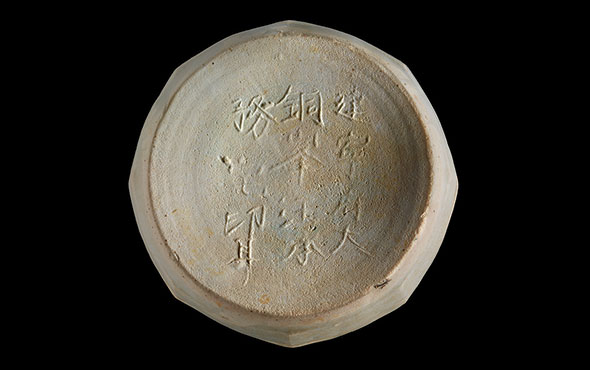 (© The Field Museum, cat. no. 344404. Photographer Gedi Jakovickas)
(© The Field Museum, cat. no. 344404. Photographer Gedi Jakovickas) -
Digs & Discoveries September/October 2018
Ice Age Necropolis
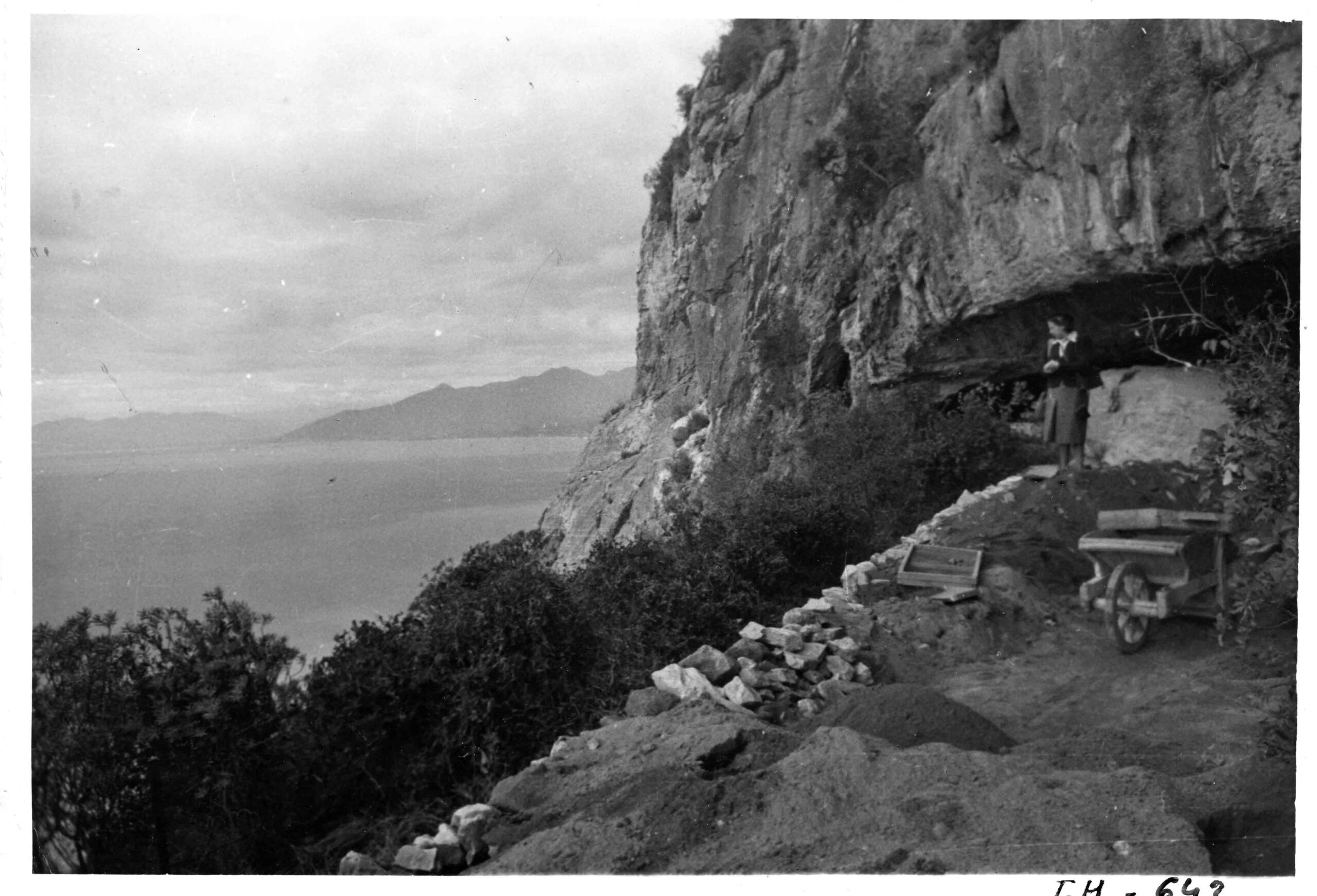 (Archives of the Soprintendenza Archeologia Belle Arti e Paesaggio della Liguria - Italian Ministry of Cultural Heritage)
(Archives of the Soprintendenza Archeologia Belle Arti e Paesaggio della Liguria - Italian Ministry of Cultural Heritage)


